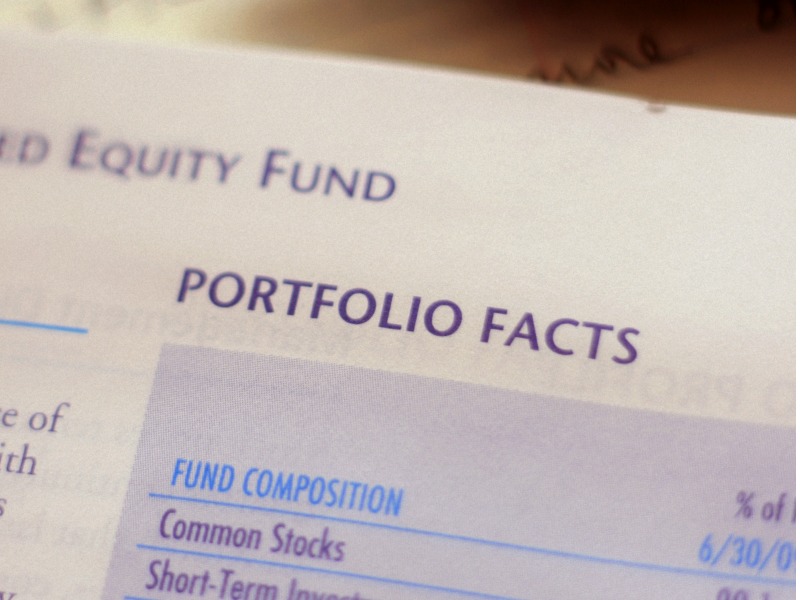
Investment Executive regularly lists notable developments in Canada’s investment product landscape. Here are some newly released funds.
- CI Global Asset Management launched two green income ETFs, along with U.S. hedged versions and accompanying funds, on Sept. 27.
- The CI Global Green Bond Fund ETF (TSX: CGRB) is for clients seeking fixed income with exposure to “labelled” (third-party certified) corporate and government green bonds. The management fees are 1.0% for series A and 0.5% for both the ETFs (the U.S. hedged version trades as CGRB.U) and for series F. The risk rating is low. Sustainable bond volume accounted for 15% of global issuance, the highest share on record, in Q2 2022, Moody’s ESG Solutions said in a report released in July.
- The CI Global Sustainable Infrastructure Fund ETF (TSX: CGRN) is for clients looking for regular income from sustainable infrastructure such as clean energy, alternative transportation and improvements in packaging. The fund lets clients “benefit from the massive global transition to decarbonization, digitization and sustainability,” said Geraldo Ferreira, CI GAM’s senior vice-president and head of investment products and manager oversight, in a release. The management fees are 1.7% for series A and 0.7% for both ETFs (the U.S. hedged version trades as CGRN.U) and for series F. The risk rating is low to medium.
- Fidelity Investments Canada ULC has launched a liquid alt crypto ETF and accompanying fund for investors seeking regulated Ether. Fidelity Advantage Ether ETF (TSX: FETH) and its U.S. dollar version (TSX: FETH.U) began trading on Sept. 28. Advantage Ether invests directly in Ether stored in-house on Fidelity Clearing Canada’s regulated institutional crypto trading platform, which was already used as a Bitcoin trading, custody and record-keeping service. The management fee is 0.4% for both ETFs and for series F. The risk rating is high. Fidelity launched two Bitcoin ETFs last year, and soon after began including exposure to the cryptocurrency in some of its portfolio funds.
- CI Global Asset Management launched a passive ETF for investors looking for commodities with low correlation to stocks and bonds. The CI Auspice Broad Commodity ETF (TSX: CCOM), which began trading on Sept. 27, provides exposure to energy, metals and agricultural by tracking the Auspice Broad Commodity Excess Return Index. Auspice Capital Advisors Ltd. is also the ETF’s sub-advisor. The management fee is 0.52% and the risk rating is low to medium. Commodities exposure “holds the potential to add inflation protection to investors’ portfolios,” CI GAM said in a release.
- Fidelity Investments Canada ULC launched a fund for investors seeking stocks that could be underpriced. The Fidelity Global Small Cap Opportunities Fund, launched on Sept. 28, invests primarily in small-cap firms in developed markets. Small caps have more potential to be mispriced (where the market has underreacted to positive change or overreacted to negative change) because they tend to have less research coverage, Fidelity Canada said in a release, adding small caps can also have faster growth rates than large caps. The management fee for series F is 0.85% and the risk rating is medium.
- Purpose Investment Partners Inc. has launched an ETF version of an existing liquid alt for clients wanting to buy an income fund in U.S. dollars. The Purpose Credit Opportunities Fund U.S. Dollar Denominated ETF Non-Currency Hedged Units (TSX: CROP.U), which invests mainly in bonds and stocks of non-investment grade issuers, began trading on Sept 29. “The international investor segment is growing, many of whom view the U.S. dollar as the world’s currency reserve,” Purpose fixed income head Sandy Liang said in a release. The management fee is 0.85% and the risk rating is low to medium. The fund was already available in a Canadian-denominated ETF and associated mutual funds.
If you would like us to consider your launch, email Greg Meckbach at greg@newcom.ca.